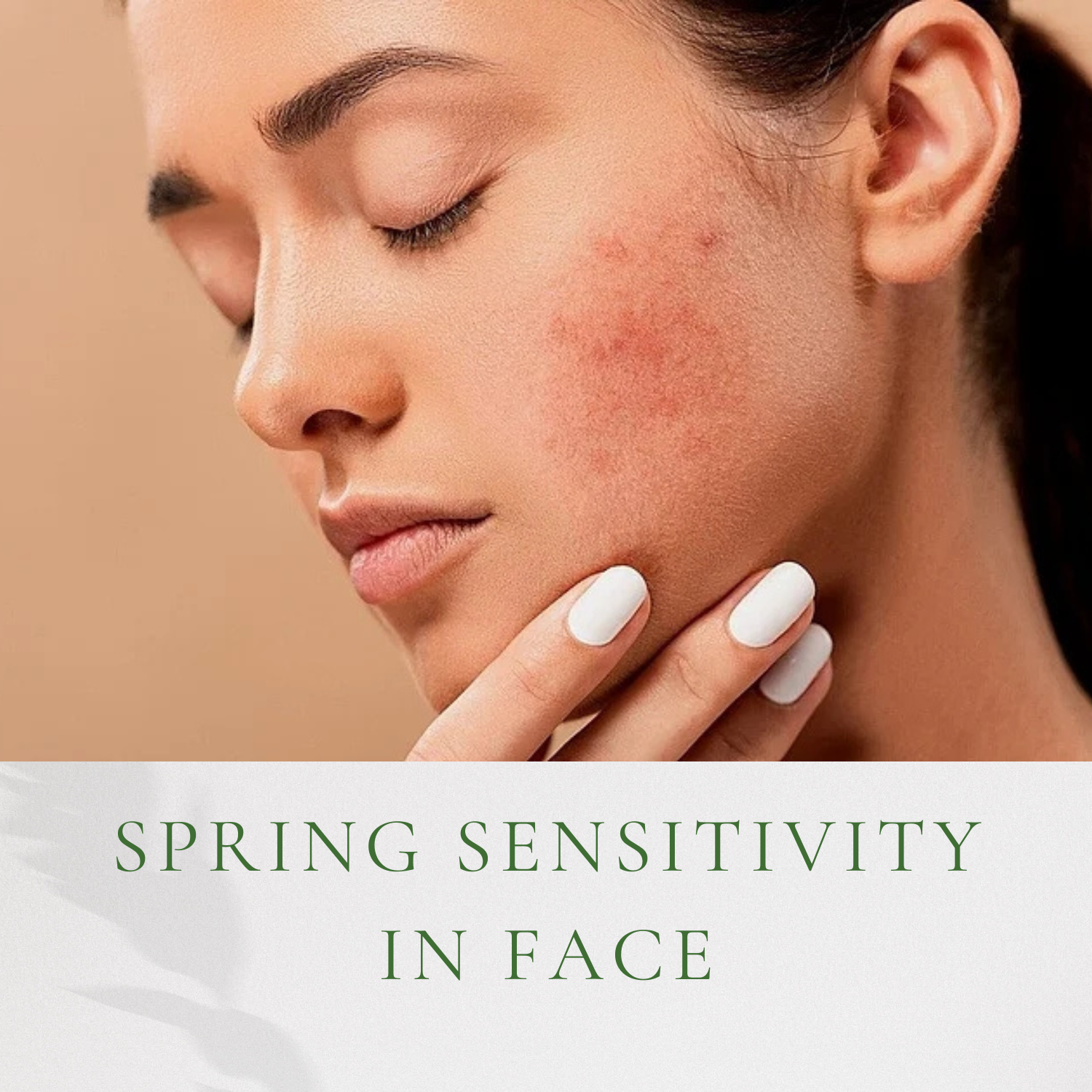Spring Sensitivity in Face

Spring is a beautiful season that brings us warmer weather, blooming flowers, and longer days. However, for some people, springtime also brings the unpleasant symptoms of seasonal allergies, including sensitivity in the face. In this blog post, we'll discuss why this happens and what you can do to alleviate the discomfort.
What Causes Spring Sensitivity in the Face?
Springtime allergies are typically caused by the release of pollen from trees, grass, and flowers. When we inhale this pollen, our immune system responds by producing histamine, a chemical that triggers allergy symptoms. In the face, histamine causes the blood vessels to dilate, leading to redness, itching, and swelling. This can occur in the eyes, nose, cheeks, and forehead, and may be accompanied by other symptoms such as sneezing and congestion.
In addition to seasonal allergies, other factors can also contribute to spring sensitivity in the face. For example, changes in temperature and humidity can cause the skin to become dry and irritated, leading to redness and flakiness. Exposure to UV radiation from the sun can also increase skin sensitivity, causing sunburn or exacerbating existing skin conditions such as rosacea or eczema.
How to Alleviate Spring Sensitivity in the Face?
- Use a gentle cleanser: Avoid harsh soaps and cleansers that can strip the skin of its natural oils. Instead, choose a gentle cleanser that is designed for sensitive skin.
- Moisturize regularly: Keeping the skin hydrated can help prevent dryness and irritation. Choose a moisturizer that is non-comedogenic and free of fragrances and other potential irritants.
- Apply sunscreen: Protect your skin from UV radiation by wearing a broad-spectrum sunscreen with an SPF of 30 or higher. Reapply every two hours if you're spending time outdoors.
- Use facial massager: It can improves blood circulation, reduces puffiness and swelling, promotes relaxation and enhances product absorption, suitable for face, eye and neck.
- Avoid triggers: If you know that certain allergens or irritants trigger your symptoms, try to avoid them as much as possible. For example, stay indoors when the pollen count is high, and avoid smoking and other sources of air pollution.
- Use cool compresses: If your skin is feeling red and inflamed, apply a cool compress to help soothe the discomfort. You can use a damp washcloth or a commercial cooling gel pack.
- Seek medical treatment: If your symptoms are severe or persistent, it may be necessary to seek medical treatment. Your doctor may recommend antihistamines, decongestants, or other medications to help alleviate your symptoms.
In conclusion, spring sensitivity in the face can be an uncomfortable and frustrating experience. However, by taking steps to protect and care for your skin, you can minimize the impact of seasonal allergies and other triggers. If you're unsure about the best way to manage your symptoms, consult with a medical professional for guidance and support.





Comments